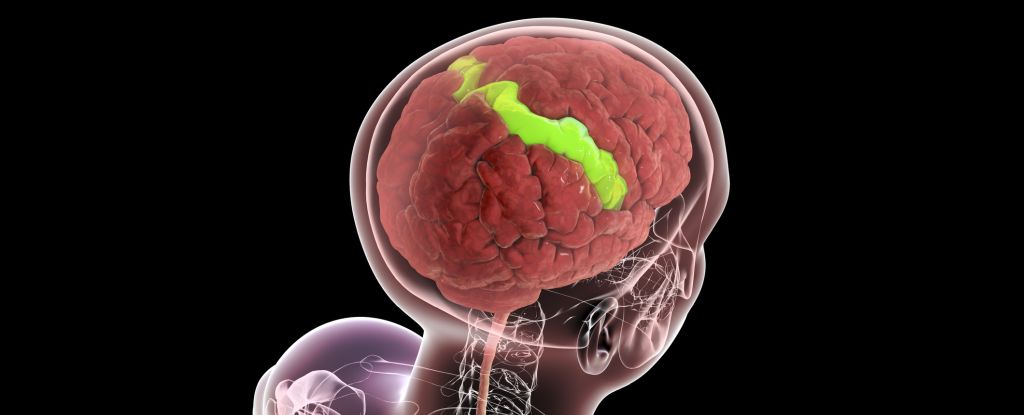
Research indicates that certain regions of the brain may become stronger as individuals age, challenging long-held beliefs about cognitive decline. A study analyzing the somatosensory cortex has found that specific layers of this brain region not only resist thinning but may actually increase in thickness with age. This discovery suggests that the brain’s capacity for adaptation continues well into later life, emphasizing the importance of mental engagement.
Understanding the Somatosensory Cortex
The somatosensory cortex is responsible for processing sensory information, such as touch. Led by neuroscientists Peng Liu and Juliane Doehler from Otto von Guericke University Magdeburg, the research examined age-related changes in human cerebral cortexes, particularly focusing on how these changes vary across different layers.
Previous assumptions suggested that neuroplasticity—the brain’s ability to reorganize itself—peaks in youth and diminishes with age. Esther Kühn, a neuroscientist at the German Center for Neurodegenerative Diseases and the Hertie Institute for Clinical Brain Research, explained, “Although the cerebral cortex becomes thinner overall, some of its layers remain stable or, surprisingly, are even thicker with age.” This finding indicates a more complex aging process than previously understood.
The research utilized high-resolution MRI scans of 61 adults aged between 21 and 80. The primary somatosensory cortex was specifically targeted due to its crucial role in tactile sensory processing. The results revealed that while some layers thinned with age, the middle and upper layers exhibited increased thickness in older participants.
Implications of Neuroplasticity
The middle layer of the somatosensory cortex serves as a gateway for tactile stimuli, while the upper layers are responsible for further processing. “This is important when grasping objects,” Kühn pointed out. Conversely, the lower layers, which manage modulation of tactile signals, showed a decrease in thickness among older individuals. These findings suggest that the brain’s response to external stimuli plays a significant role in its structural changes.
The researchers propose that the adage “use it or lose it” applies here. The layers that showed increased thickness are those most frequently engaged with the environment. Kühn noted, “The middle and upper layers of the cortex are most directly exposed to external stimuli. They are permanently active because we have constant contact with our environment.” This ongoing activity may help preserve these areas, showcasing the brain’s remarkable adaptability.
Interestingly, while the lower layers were thinner, they demonstrated an increase in myelin content, which is believed to be a compensatory response to a rise in specific neurons that enhance modulation signals. This adaptability in the face of cellular degeneration provides further evidence of the brain’s capacity for change.
The implications of these findings extend beyond mere observation. Kühn expressed optimism that stimulating these adaptive mechanisms could positively influence the aging process. “Together, our findings are consistent with the general idea that we can do something good for our brains with appropriate stimulation,” she stated.
Published in Nature Neuroscience in March 2024, this research opens new avenues for understanding brain health throughout the aging process. By highlighting the potential for strengthening certain brain areas, it encourages a focus on cognitive engagement as a means of enhancing overall brain function.







